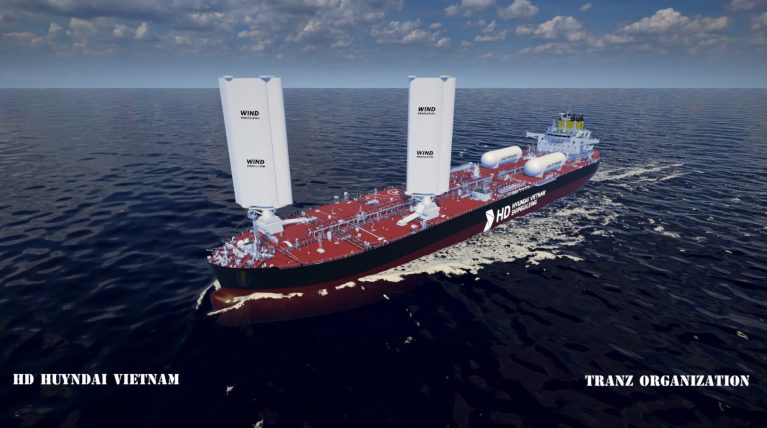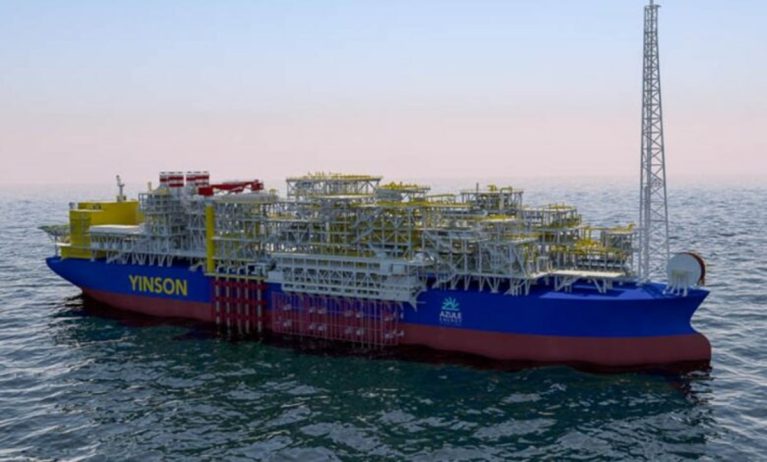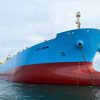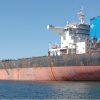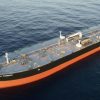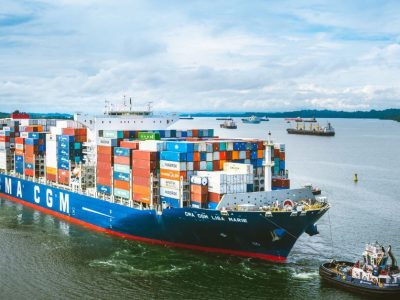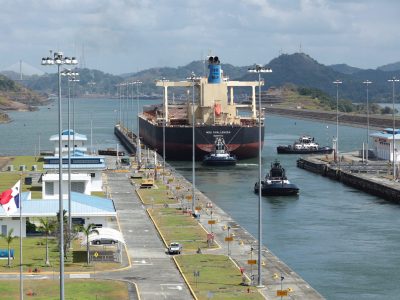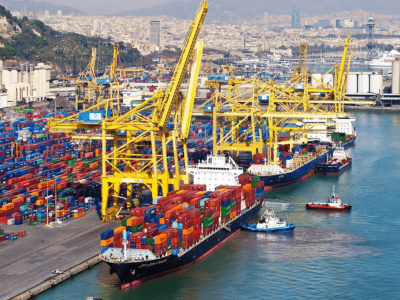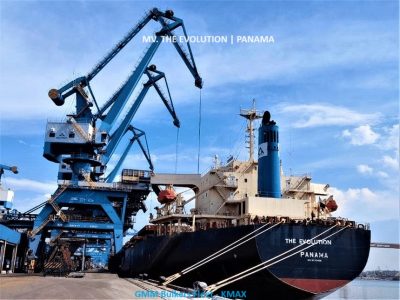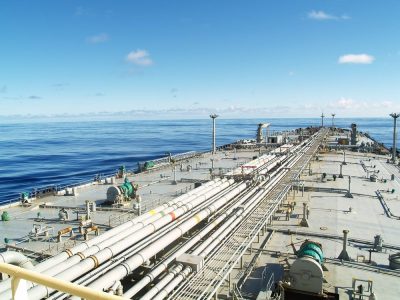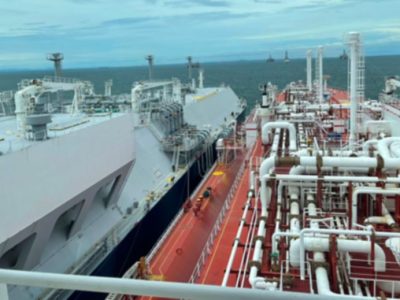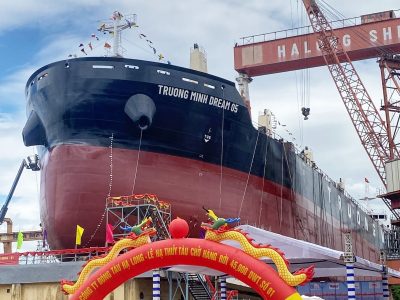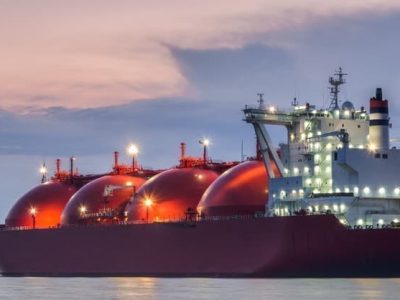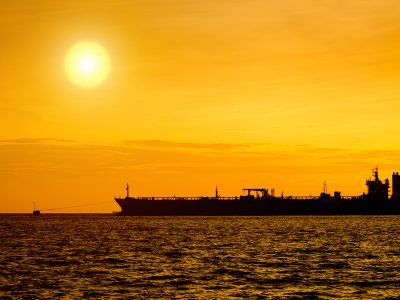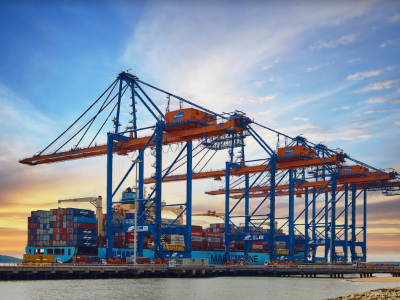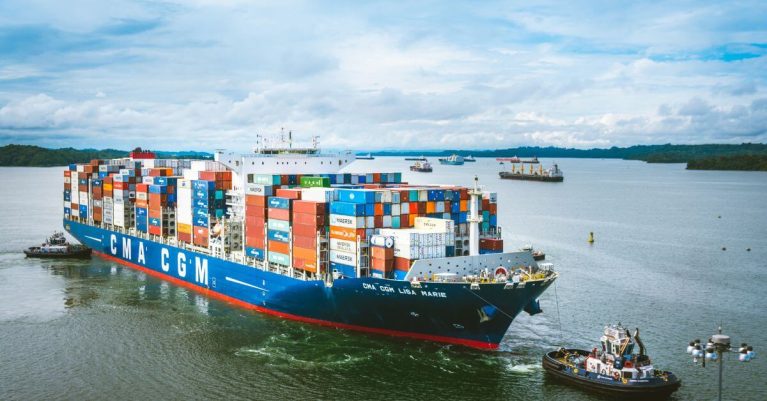By GMM Technologies | 2024-03-29 | Maritime Industry News |
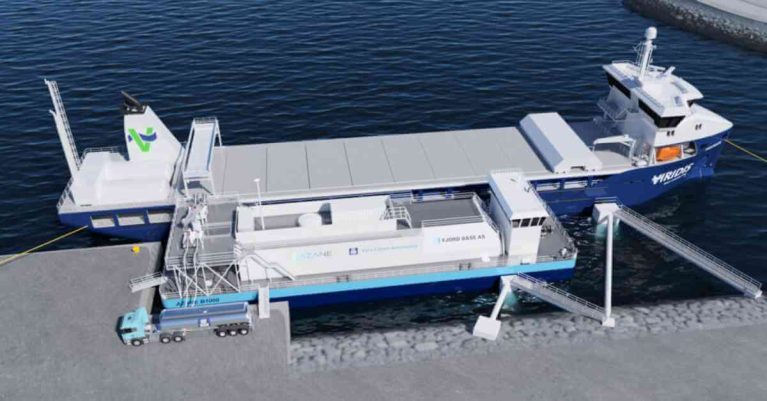
The world’s first ammonia bunkering terminal is set to be built at Fjord Base in Florø, Norway, with approval from the Norwegian Directorate for Civil Protection. This achievement is critical to establishing ammonia as a safe and environmentally acceptable alternative to traditional transportation fuels.
The initiative, which aimed to create the first network of ammonia bunkering stations in Scandinavia, was started two years ago by Yara Clean Ammonia and Azane Fuel Solutions and was successfully approved. The approval demonstrates that the proposed port meets the Norwegian Directorate for Civil Protection’s (DSB) strict safety requirements.
The proposed terminal at Fjord Base will have a floating stationary barge with a capacity of 1000 cubic meters (650 tons) of low-emission ammonia. The Fjord Base in Florø is expected to handle up to 416 annual operations, including bunkering for offshore supply vessels.
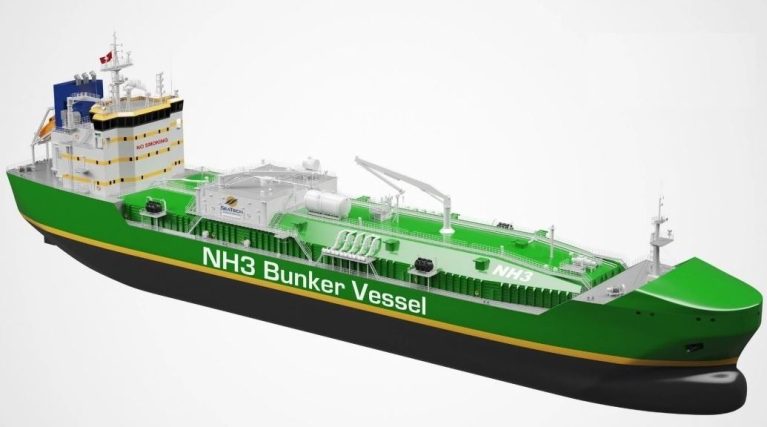
Magnus Ankarstrand, president of Yara Clean Ammonia, stated that the ammonia terminal will highlight ammonia’s benefits as a zero-emission shipping fuel and facilitate the decarbonization of the maritime industry.
The company is eager to collaborate with the partners and the Kinn community to finish the project and continue serving the Norwegian offshore supply segment with shipping fuel.
Yara Clean Ammonia, Fjord Base, and Azane intend to collaborate with project partners to obtain a permit from the local municipality before making any investment decisions. The companies want to address the growing demand for ammonia as a marine fuel by building a network of terminals throughout Scandinavia.
The marine sector has made significant advancements in using ammonia, with manufacturers continuing to modify engines and placing early orders for vessels prepared for the fuel. Furthermore, ENOVA intends to issue grant tenders in 2024 to finance the construction of infrastructure and ships that run on ammonia.
Azane’s Vice President of Projects and Products, Steinar Kostøl, added that this is a significant development for ammonia as a fuel. Now, they know the safety zones they must operate in when bunkering ammonia. The necessary safety zones indicate how ammonia can be bunkered in the most significant and busiest ports globally, which is encouraging.
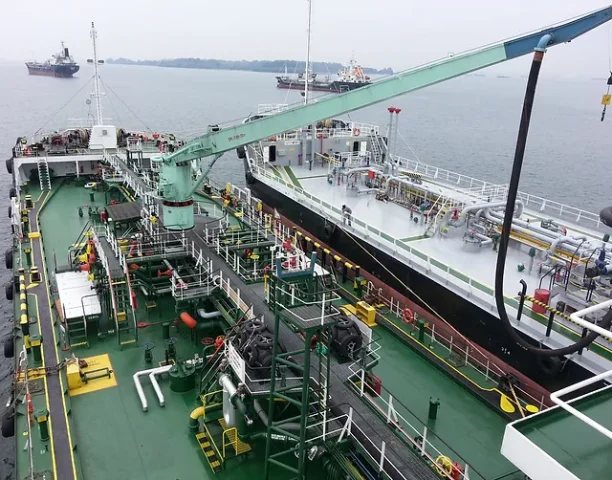
Additionally, in partnership with industry partners, the Singapore Maritime and Port Authority conducted extensive testing and training to enable the first ammonia bunkering operation.
The Fortescue Green Pioneer, a ship converted to run on ammonia, was used for the testing, which comprised extensive evaluations of the storage systems, fuel distribution systems, and the ship’s reliability.
There is a bright future for decarbonizing the maritime industry. More experiments and trials are planned as part of the validation process to guarantee the safe and effective use of ammonia as a marine fuel.
Reference: Yara

